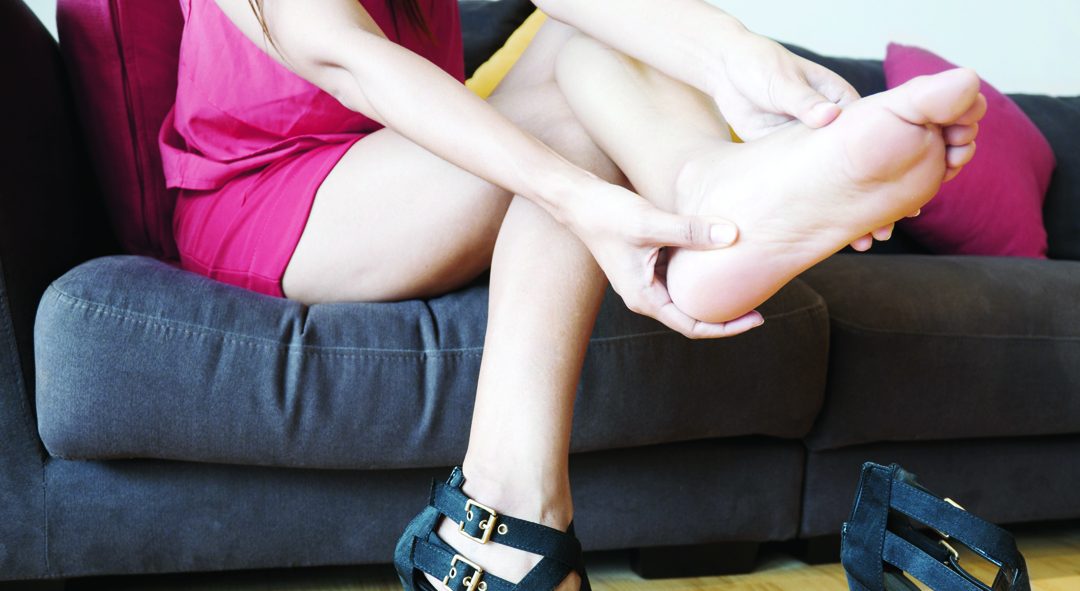 Tendon injuries in the foot are very common because we are continuously using our feet, whether it be throughout exercise or regular day to day activities. One of the most frequently affected tendons is the posterior tibial tendon, a structure that has a very high workload throughout the contact phase of gait (when the foot is in contact with the ground).
Tendon injuries in the foot are very common because we are continuously using our feet, whether it be throughout exercise or regular day to day activities. One of the most frequently affected tendons is the posterior tibial tendon, a structure that has a very high workload throughout the contact phase of gait (when the foot is in contact with the ground).
The posterior tibial tendon runs behind the inside ankle bone, across the instep, and attaches to the bottom of the foot. Posterior Tibial Tendinopathy occurs when the muscle is overused and the tendon (soft tissue) that connects the muscle to your bone is strained. If you keep overusing the muscle, damage to the tendon builds up and tendon damage develops.
The symptoms of posterior tibial tendinopathy include pain along in inside of the ankle and in the inside of the foot. There may be swelling around the inside of the ankle. There is usually pain during exercise or even just walking, and will usually get worse toward the end of the day. The area will be sore to palpate along the course of the tendon, or with activation of the tibialis posterior muscle. In some cases, the tendon may actually rupture or tear if left untreated.
This injury may only be related to the tendon, however in some people (usually those over 40), this can be an early sign of a condition known as Posterior Tibial Tendon Dysfunction (PTTD). PTTD, also known as Adult Acquired Flatfoot, is a condition which starts with tendinopathy, but also progresses to damage in the ankle ligaments, arthritis and in bad cases, a severely deformed flatfoot. This is why it is very important to treat this condition in the early stages, so we can prevent any long term damage.
Treatment
- Protection – Your ankle may be splinted, taped or braced to prevent further injury.
- Rest – You should rest from all activities that cause pain or limping.
- Ice and Compression- Your Podiatrist will advise you on icing and compression techniques.Elevate – Make sure to elevate the ankle above heart level when possible.
Your Podiatrist will advise if orthotics are necessary
Footwear advice.
A combination of ankle stretching and strengthening exercises as advised by your Podiatrist.

